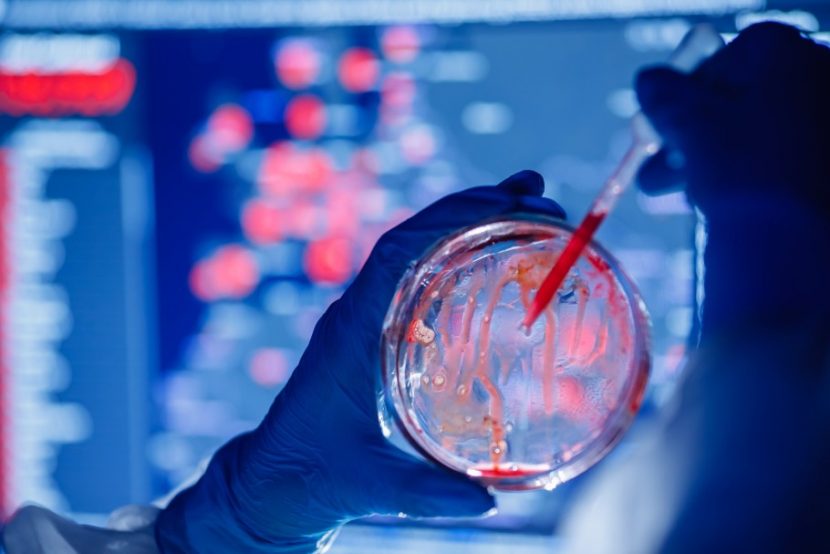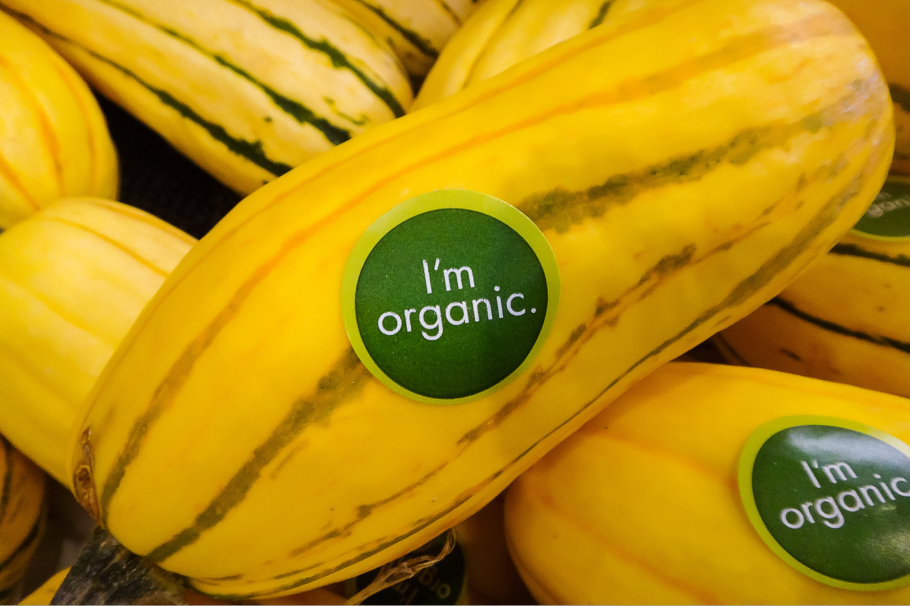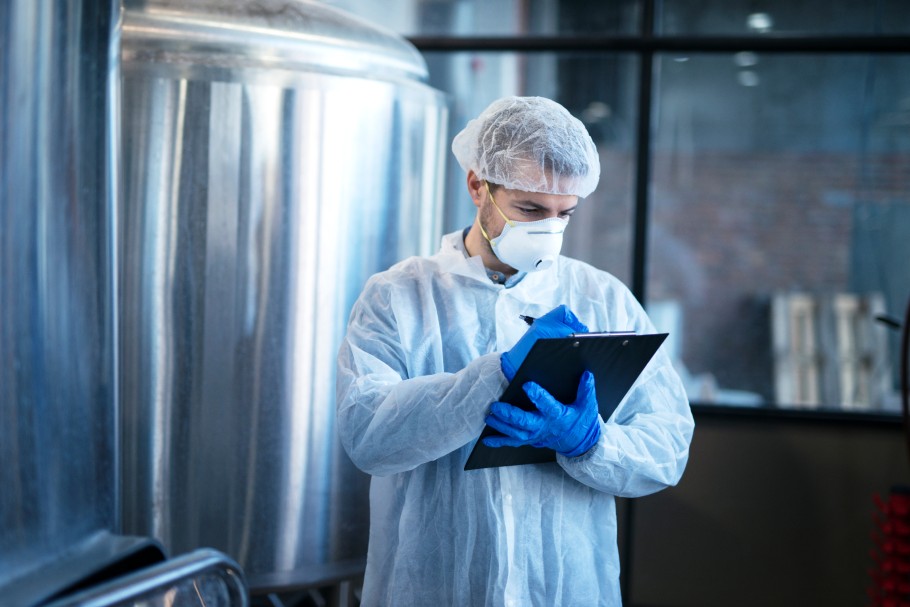BioSensors are the Future for Diagnosing Foodborne Pathogens
By Keith Warriner
Evolution of diagnostics
Robert Koch, along with his associates in the late 19th century, developed the methods for culturing and enumerating bacteria on agar plates. The method has stood the test of time, as culturing remains the gold standard and the very foundation of microbiological criteria. Yet, there is a transition to rapid methods of verification with workflow, automation, throughput, cost, and speed being ranked as key focus areas. There continues to be interest in pathogen testing outside the laboratory environment. For example, testing samples within the facility, on the farm, or even in retail can provide useful information in investigative testing or provide a degree of reassurance in hold-and-release programs.
The age of biosensors
The first biosensor, excluding canaries-down-the-mine, was a blood oxygen sensor reported by Clark in the 1950s. The device was subsequently developed into a blood glucose sensor by overlaying a layer of glucose oxidase. Through evolution, it became indispensable for monitoring diabetes. The commercial success of the glucose biosensor was more the exception, with the majority of sensor research never realizing commercial reality despite the substantial resources invested. Perhaps the most successful biosensor in microbiology is the ATP meter, which is used to test the sanitary status of a surface. In many ways, the ATP meter is an ideal sensor given it is a handheld device that requires minimal user input and provides results in seconds. There are limitations in terms of selectivity and lack of correlation to microbial numbers, but underlines the saying, “Don’t let perfection be the enemy of good.”
Isothermal Polymerase Chain Reaction (PCR)
Polymerase Chain Reaction (PCR) is routinely applied for rapid pathogen screening and confirmation testing. A major limitation of the technique is the need for cumbersome hardware, which is required to accurately go through temperature cycles. Although microfluidic PCR-based sensors exist, the advent of isothermal PCR has opened opportunities for rapid detection at a lower cost with more compact units. The most widely used method is LAMP-PCR and has been commercialized. Yet, to detect low pathogen levels, an enrichment step is required that adds to the time of analysis along with restricting on-site testing.
DNA Sequencing
DNA sequencing has come a long way since the human genome project. Today, the human genome project could be achieved within a day at a cost of around $10,000, compared to the 13 years and $4.5 billion it took in the 1990s. The method is based on the incorporation of fluorescent nucleotides or measuring voltage changes as DNA passes through a membrane. There are several commercial units on the market, with most studies being performed on the GridION. The process is rapid and pathogen analysis typically takes between five minutes to six hours. This approach has been demonstrated to identify multiple pathogens and virus targets derived from food matrices. Also, as the data can be processed at a distant location, the hardware can be made more compact and less complex. Although the sequencing is rapid, there is a need to have a sufficient target (DNA or RNA) that is produced by amplification via PCR. In turn, the PCR reaction requires a sufficient target to amplify, which returns to the issue of sensitivity of biosensor devices.
Proteomics and metabolomics
Matrix-assisted Laser Desorption Ionization Time of Flight Mass Spectroscopy (MALDI-TOF MS) is a technique that essentially blows-up a cell into fragments to produce a fingerprint of proteins (proteomics) and metabolites (metabolomics). The technique is rapid, compatible with high throughput, and relatively inexpensive. The unique patterns enable identification and differentiation at the general level and on occasion, the species level. Portable units have been developed that can fit into a small suitcase, making off-site diagnostics possible. Yet, the reproducibility of the technique is dependent on culture conditions that have proven to be limiting in commercial application.
We will discuss sample preparation, bacterial dormancy and the future direction of novel detection platforms in part two of this article.
About the Author:
Dr Keith Warriner is currently a Professor within the Department of Food Science at University of Guelph, Canada. Dr. Warriner received his BSc in Food Science from the University of Nottingham, UK and PhD in Microbial Physiology from the University College of Wales Aberystwyth, UK. He was awarded the Ontario Innovation of the Year award in 2017, OCE Mind to Market award in 2018 and IAFP Food Safety Innovation of 2019 for his work with Clean Works Corp in developing surface decontamination technologies.

-
 FeaturedRisk management
The Cost of a Breach: What a Cyberattack Could Mean for Food Safety Recalls
FeaturedRisk management
The Cost of a Breach: What a Cyberattack Could Mean for Food Safety Recalls
-
 FeaturedRisk management
Securing the Food Chain: How ISO/IEC 27001 Strengthens Cybersecurity
FeaturedRisk management
Securing the Food Chain: How ISO/IEC 27001 Strengthens Cybersecurity
-
 FeaturedRisk management
Revolutionizing Food Safety Training: Breaking Out of the “Check-the-Box” Mentality
FeaturedRisk management
Revolutionizing Food Safety Training: Breaking Out of the “Check-the-Box” Mentality
-
 GFSI Standards
GFSI 2025: Building Trust, Tech-Forward Solutions, and Global Unity in Food Safety
GFSI Standards
GFSI 2025: Building Trust, Tech-Forward Solutions, and Global Unity in Food Safety
-
 FeaturedFood Safety
Integrated Pest Management: Strategies to Protect Your Brand’s Reputation
FeaturedFood Safety
Integrated Pest Management: Strategies to Protect Your Brand’s Reputation
-
 FeaturedFood Safety Culture & Training
No Open Door Policy: Challenges That Impact Pest Control in Food Processing Plants
FeaturedFood Safety Culture & Training
No Open Door Policy: Challenges That Impact Pest Control in Food Processing Plants




